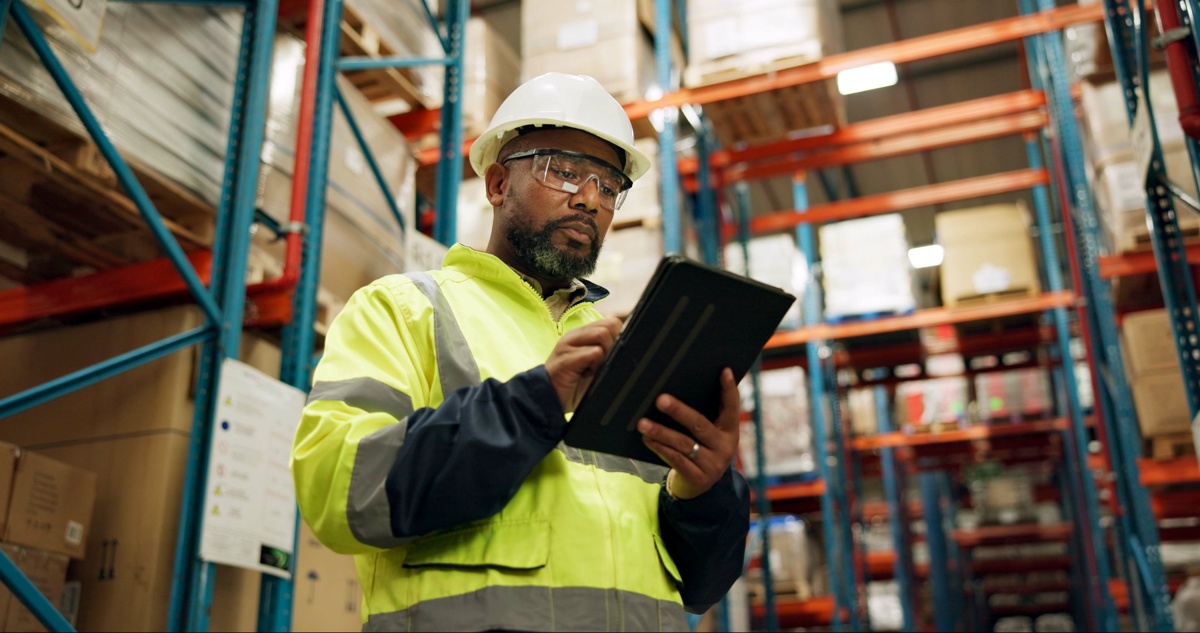
Staying ahead of industry changes shouldn't be another burden on your already-busy schedule.
Our customers consistently tell us that one of the greatest values we provide is how we take the responsibility of monitoring changes to Industry Code of Practice off their plates. Rather than spending their valuable time tracking new Registered Industry Codes of Practice releases, regulatory updates, and compliance requirements, they simply trust us to do the heavy lifting.

2018 Master Code
The 2018 Master Code is a registered industry code of practice under the Heavy Vehicle National Law (HVNL) that provides practical guidance to help you understand and meet your legal obligations under HVNL.
As part of a statutory review requirement, the current version (last updated in 2018) is due for a significant update. This isn't a minor refresh – we're looking at a major restructure and expansion.
-
Wine Industry Code of Practice
If you’re a party in a supply chain where grapes, wine and associated material is transported, the Wine Industry Code of Practice establishes what you should know about the risks and preventative action of transporting these goods.
Click here to read insights from our experts, or download the resource below for a summary of the practical guidance within the Wine Code.
-
Effluent Code of Practice
The Effluent Code was created to provide a standardised approach to managing livestock effluent during transport across Australia. It aims to enhance road safety, ensure animal welfare, protect the environment from pollution, and uphold public health standard.
If livestock is part of your business, we’ve created resources to help you manage risk associated with livestock transport, starting with this article here.

More Registered Industry Codes of Practice
In consultation with relevant industry organisations and representatives (Sponsors), the NHVR develops Registered Industry Codes of Practice to address potential safety issues or gaps relevant to a specific industry.
- Tasmanian Agricultural and Horticultural Registered Industry Code of Practice
- Waste and Recycling Registered Industry Code of Practice
- Mobile Crane Registered Industry Code of Practice
- Log Haulage Registered Industry Code of Practice
- Grain Transport Industry Code of Practice
- Livestock Transport Industry Code of Practice
Need information on a code we haven’t simplified yet? Reach out to our team today and see what we’re up to.
Platform enhancements
-
Audits
New to CoRsafe Audits are Industry Code-specific assessments, which give customers visibility of the controls in place to manage industry specific CoR risks.
-
Inspector app
You can say goodbye to paper records with the CoRsafe Inspector App. Customise your own checklists to include unique Wine Code additions.
-
Online training
Our training module hosts courses that are aligned to the 2018 Master Code, and Industry Codes of Practice. Training Coordinators can assign and manage enrolments to both teams and individuals across their organisation, as well as track adoption and completion rates.
-
Supply Chain Register
Have complete visibility over your suppliers in your specific industry, with the Supply Chain Register. At a glance, you’re able to identify high-risk areas and focus on uplifting and mitigating risk throughout your supply chain.

